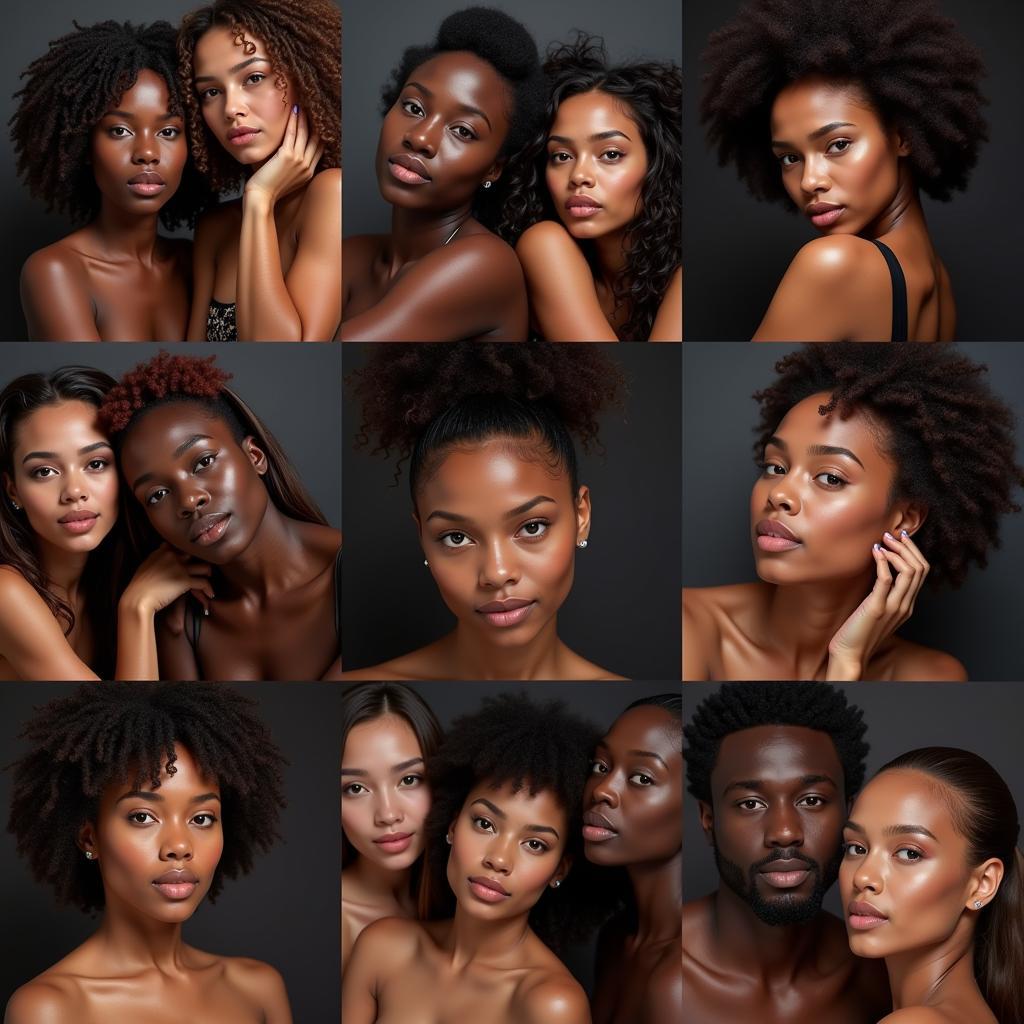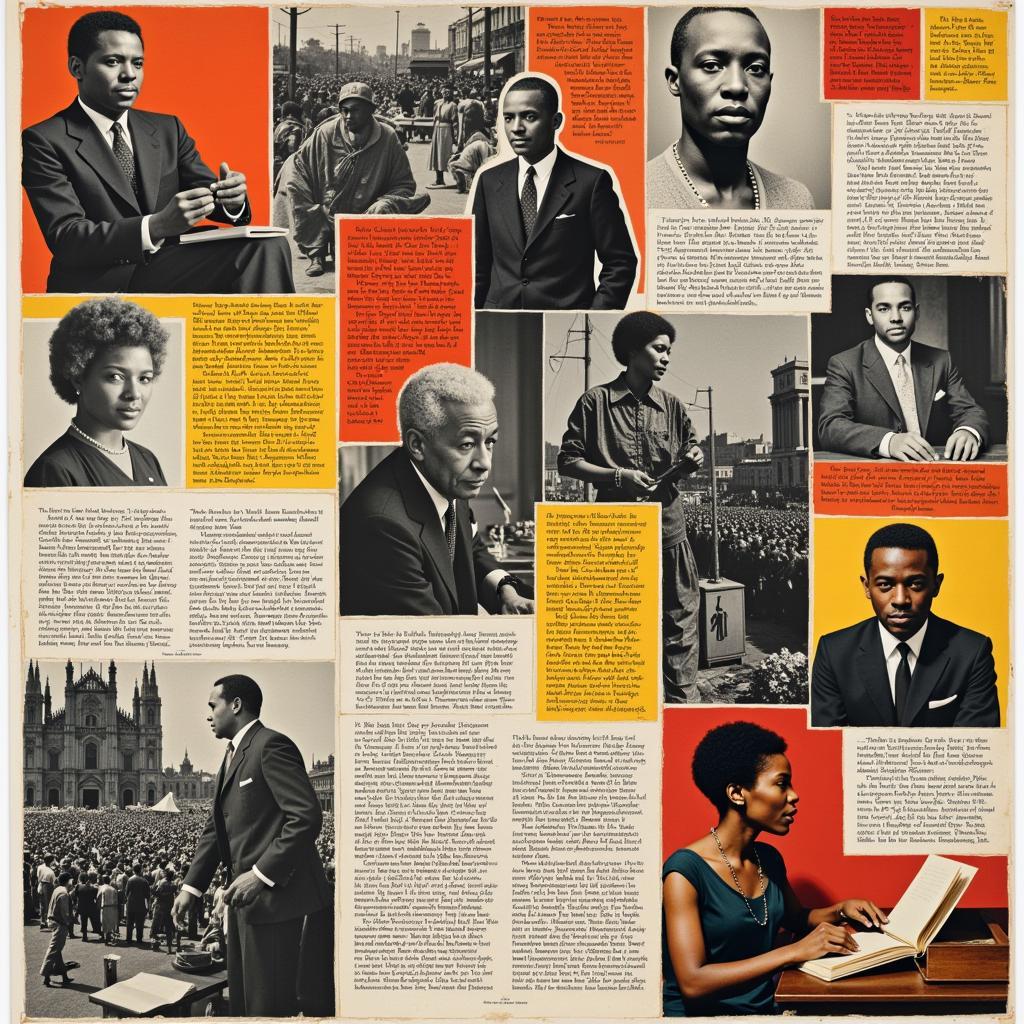African Lady Ornaments: A Journey Through Tradition and Adornment
African Lady Ornaments are more than just decorative pieces; they are powerful symbols of cultural heritage, status, and personal expression. From the intricate beadwork of the Maasai to the elaborate gold jewelry of the Ashanti, these adornments tell stories of lineage, beliefs, and artistry passed down through generations. This exploration delves into the rich world of African lady ornaments, uncovering their significance and the fascinating traditions behind them.
The Significance of Ornaments in African Cultures
Across the diverse cultures of Africa, ornaments hold deep meaning. They are not simply chosen for their aesthetic appeal but often carry symbolic weight, reflecting social standing, marital status, or spiritual beliefs. A single piece can speak volumes about the wearer’s identity and place within their community. For instance, certain materials might be reserved for royalty or religious leaders, while specific designs might signify fertility or protection. These traditions are often deeply rooted in the history and mythology of each particular group.
Exploring Different Types of African Lady Ornaments
The sheer variety of African lady ornaments is breathtaking. Materials range from natural elements like shells, wood, and bone to precious metals like gold and silver. Each region boasts unique styles and techniques, reflecting the local environment and cultural preferences. Some of the most common types include:
- Beadwork: Intricate beadwork is prevalent across the continent, particularly in East Africa. The Maasai, for example, are renowned for their colorful beaded necklaces, bracelets, and earrings, often used to communicate age, marital status, and social position.
- Metal Jewelry: West Africa, particularly Ghana, is known for its exquisite gold jewelry. Elaborate designs, often cast using the lost-wax technique, showcase the skill of the artisans and the wearer’s wealth and status.
- Hair Ornaments: Hair is often considered a woman’s crowning glory in many African cultures. Elaborate braids, adorned with beads, shells, or metal ornaments, are a testament to this belief. african l ady hairstyle offers a glimpse into the diverse world of African hairstyles and their accompanying adornments.
- Body Painting: While not strictly ornaments, body painting plays a significant role in personal adornment in many African cultures. Natural pigments are used to create intricate designs on the skin, often for ceremonies and rituals.
What are the cultural influences on African ornaments?
Cultural influences are deeply woven into the creation and wearing of African lady ornaments. Religion, mythology, and social structures all play a part in shaping these traditions. For example, certain symbols might represent deities or ancestral spirits, while specific colors might hold particular significance within a given culture.
How are African lady ornaments made?
The creation of African lady ornaments is often a painstaking process, passed down through generations. Skilled artisans employ various techniques, including bead weaving, metalworking, and carving, to create these beautiful and symbolic pieces. The process itself is often imbued with cultural significance, with certain rituals or ceremonies accompanying the creation of specific ornaments.
Awa Thiam, a renowned Senegalese jewelry designer, explains, “The creation of each piece is a journey, a connection to our ancestors and their traditions. We infuse our love and respect for our heritage into every bead, every curve of metal.”
Where can I find authentic African lady ornaments?
Authentic African lady ornaments can be found in various places, from local markets across the continent to specialized shops and online retailers. It’s important to research and ensure the authenticity and ethical sourcing of the pieces, supporting artisans and their communities.
The Modern Evolution of African Lady Ornaments
While deeply rooted in tradition, African lady ornaments are not static. Contemporary designers are reinterpreting these ancient forms, incorporating modern materials and aesthetics while still honoring the rich cultural heritage they represent. This fusion of tradition and modernity allows African lady ornaments to reach a wider audience, showcasing the beauty and artistry of the continent to the world.
Conclusion: A Timeless Legacy of Adornment
African lady ornaments represent a timeless legacy of artistry, tradition, and personal expression. These adornments are not mere accessories but powerful symbols of cultural identity, telling stories that connect generations. By appreciating and understanding the rich history and symbolism behind these beautiful pieces, we gain a deeper insight into the diverse cultures of Africa. Exploring the world of African lady ornaments is a journey of discovery, revealing the intricate tapestry of tradition, beauty, and meaning woven into each piece.
FAQ
-
What are some common materials used in African lady ornaments? Beads, shells, wood, bone, gold, and silver are frequently used.
-
What is the significance of beadwork in African cultures? Beadwork often signifies age, marital status, and social standing, particularly in East African communities like the Maasai.
-
Where is gold jewelry traditionally prominent in Africa? West Africa, especially Ghana, is renowned for its elaborate gold jewelry traditions.
-
How are African lady ornaments evolving in modern times? Contemporary designers are incorporating modern materials and aesthetics while honoring traditional techniques and symbolism.
-
Why are African lady ornaments important? They are powerful symbols of cultural heritage, status, and personal expression, telling stories of lineage, beliefs, and artistry.
-
Where can I purchase authentic African lady ornaments? Local markets in Africa, specialized shops, and online retailers offer authentic pieces. Ensure ethical sourcing to support artisans.
-
What should I consider when buying African lady ornaments? Research the cultural significance and symbolism behind the pieces and prioritize ethical sourcing.
Need More Help?
For personalized assistance, contact us at:
Phone: +255768904061
Email: kaka.mag@gmail.com
Address: Mbarali DC Mawindi, Kangaga, Tanzania.
We have a 24/7 customer service team ready to assist you.


